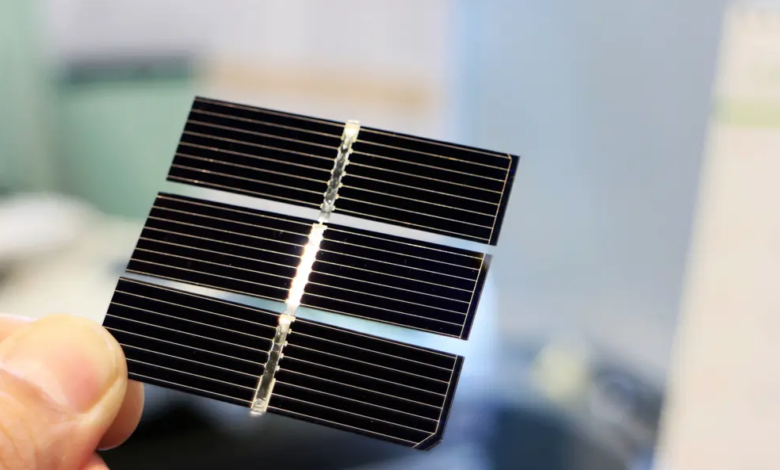Kesterite solar cells, new steps forward in efficiency
Kesterite solar cells: flexible, economical and free of toxic materials
(sustainabilityenvironment.com) – Ever heard of synthetic kesterite solar cells? It is the laboratory version of the mineral discovered in 1958 in a Russian mine. And one of the semiconductors in the running for next-generation photovoltaics. This compound, based on common elements such as copper, zinc and tin, can absorb solar radiation better than silicon, with the possibility of creating panels and photovoltaic films extremely thin. But as is easy to guess from the date of discovery of the mineral, research on photovoltaic cells in kesterite is extremely young. Until yesterday the highest conversion efficiency achieved with a fv drive in CZTSSe was just 12.6%.
A small but fundamental step forward was made by a joint research group of the Chinese Academy of Sciences and Nanjing University of Telecommunications. By controlling a particular phase of the synthesis process the team was able to churn solar cells into kesterite with a certified efficiency of 13.8%. And a peak during experiments of 14.1%.
The advantages of kesterite in thin film photovoltaics
Synthetic kesterite follows the chemical formula of the natural mineral (Cu2ZnSnS4) but may contain selenium (Se) instead of sulfur (S). The material is suitable for use in thin film photovoltaics thanks to high stability and good optical and electronic properties that make it similar to CIGS (selenide copper indium gallium). But unlike the latter or other thin films such as CdTe, it contains only abundant and non-toxic elements.
In their study, the researchers, led by Prof. Meng Qingbo and Prof. Xin Hao, acted on the pressure of the reaction chamber during selenization, that is, the process that exposes the surface of the material to a selenium-containing atmosphere to obtain CZTSSe. In detail, by applying a positive pressure in the chamber, the partial pressure of selenium decreases, reducing the likelihood of collision between the molecules of this element and the precursor of kesterite during the initial formation of crystals.
The result? The intervention allowed to obtain a crystalline CZTSSe absorber with fewer defects and in a single step without secondary phases. The kesterite solar cells had a conversion efficiency of 14.1% on the total area, certified at 13.8%, the highest result achieved to date. The research appeared in Nature Energy.






